These Oscar Best Picture winners wouldn’t get made in 2023
Debating the merits of the Academy’s Best Picture winner is a time-honored tradition for any Oscars fan.
As it turns out, even the Academy’s voters sometimes have second thoughts.
In 2015, a Hollywood Reporter survey found that a majority would like to go back and change their 1977 votes for “Rocky” to “All the President’s Men.”
And looking back at 1999, if they had to do it all over again, they’d give the gold to war epic “Saving Private Ryan” instead of the largely-forgotten “Shakespeare in Love.”
But there have been a lot more recipients of Hollywood’s highest honor that have fallen out of favor — and sometimes in epic fashion.
Here are 11 examples of Best Picture winners that probably wouldn’t win the award in 2023 — that is, if they were even green-lighted in the first place. And yes, “Crash” is on the list.
“Green Book” (2019)
“Green Book” arrived at the awards ceremony with a mixed reputation at best. Director Peter Farrelly adapted the true story of black jazz pianist Frank Shirley (Mahershala Ali) touring the Deep South with a white bodyguard (Viggo Mortensen) who’s changed by the racism he witnesses being directed toward Shirley. But many viewers weren’t convinced, calling it merely Hollywood’s latest “white savior” narrative; Seth Meyers sent up the film in a sketch (“White Savior: The Movie”). Shirley’s surviving family took issue with the film as well, with the pianist’s brother Maurice reportedly calling the film “a symphony of lies.”
“Crash” (2005)
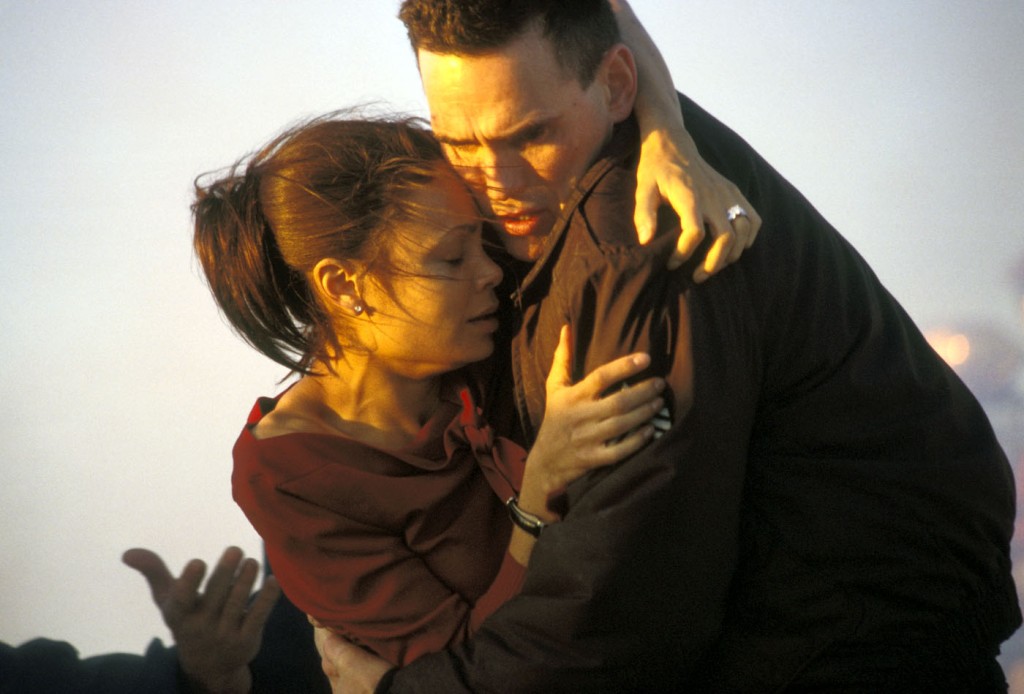
Paul Haggis’ drama of intersecting stories in Los Angeles was intended as a meditation on the state of race relations in America. With a starry ensemble cast that included Sandra Bullock, Don Cheadle, Thandiwe Newton, Matt Dillon, Brendan Fraser and Terrence Howard, it initially won critical acclaim. But in the years after its win, “Crash” came in for a scathing reevaluation of its ham-fisted racial stereotypes and melodramatic weeping, with even Haggis himself saying it wasn’t necessarily Best Picture material. “Was it the best film of the year? I don’t think so,” he told the Guardian. Insult to injury? The film beat “Brokeback Mountain” for the title. It’s now widely considered the worst Best Picture ever.
“American Beauty” (2000)
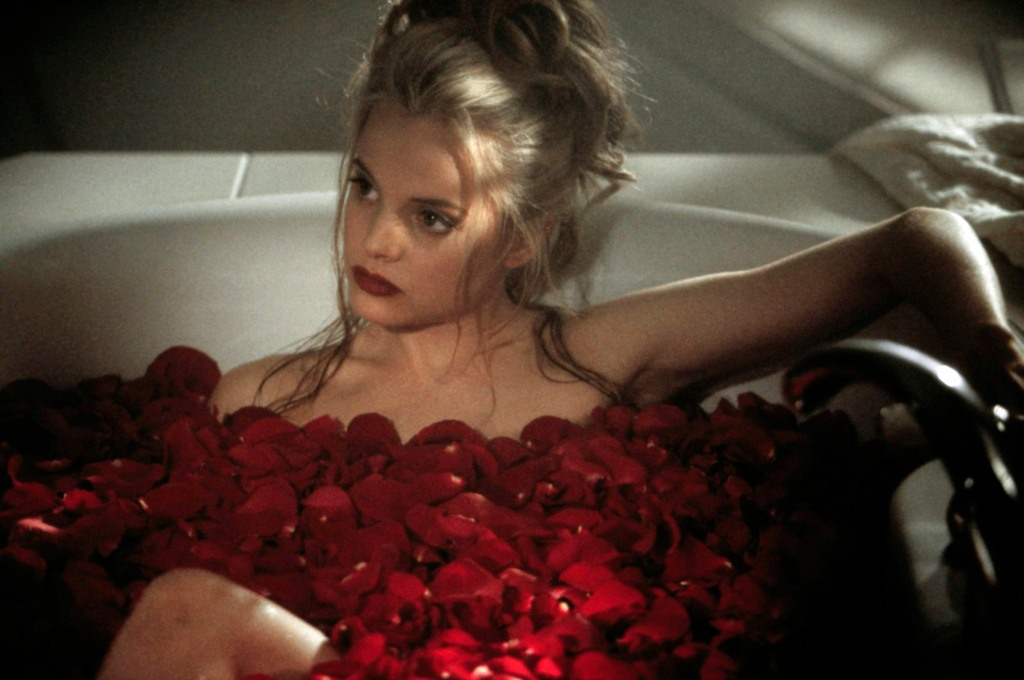
Once upon a time, a movie starring Kevin Spacey as a bored suburban husband who fantasizes obsessively about sleeping with his teenage daughter’s friend (Mena Suvari) was cutting-edge stuff. Wowing audiences with its deep-seeming insight into the ennui and rot at the heart of the American Dream, Sam Mendes’ drama had the critics cheering. “Kevin Spacey gives the performance of his life,” raved Rex Reed. Well, maybe; it was certainly emblematic of Spacey, in retrospect, given all that would eventually come out publicly about the star’s alleged predatory behavior toward young men.
“Forrest Gump” (1995)
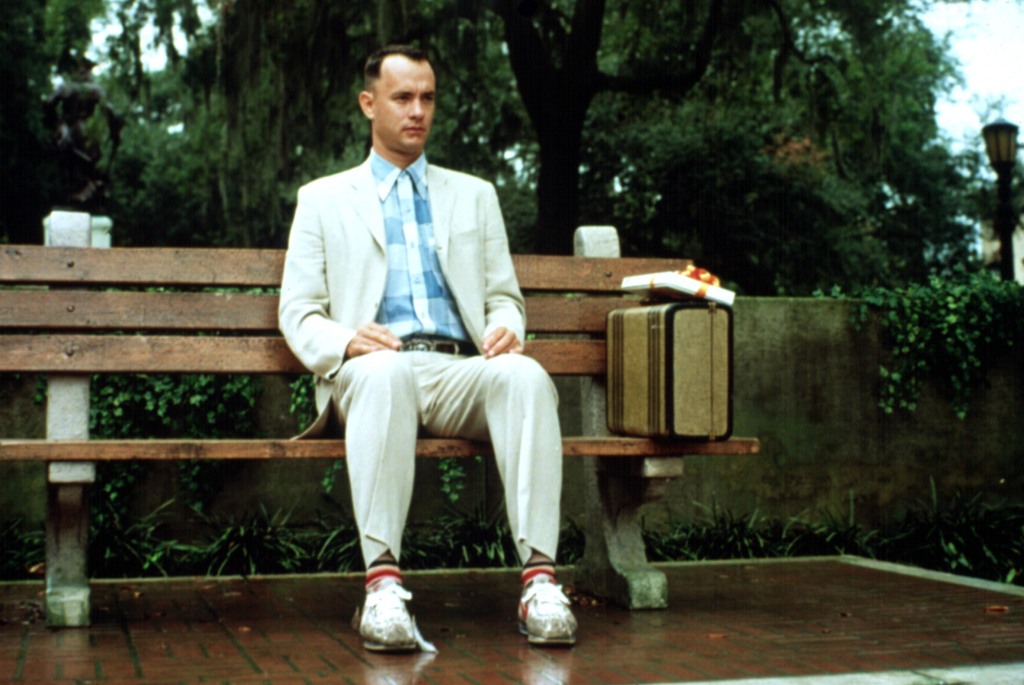
“What a magical movie,” said Roger Ebert of Robert Zemeckis’ dramedy about a simple man (Tom Hanks), in both senses of the word, who drifts unassumingly through a lot of the 20th century’s most consequential events. Hanks, Hollywood’s favorite folksy everyman, imbued the character’s lame adages (“life is like a box of chocolates”) with so much heart it was initially hard to resist — but as the years went by, “Gump” came in for increasingly scathing reevaluation of its lionizing a dopey protagonist with no real point of view. As critic Amy Nicholson put it, “the film is so afraid to dredge up debate that when Abbie Hoffman hands Forrest the microphone at an antiwar rally, someone unplugs the speakers so we can’t hear him — fitting for a movie with nothing to say.”
“The Silence of the Lambs” (1992)
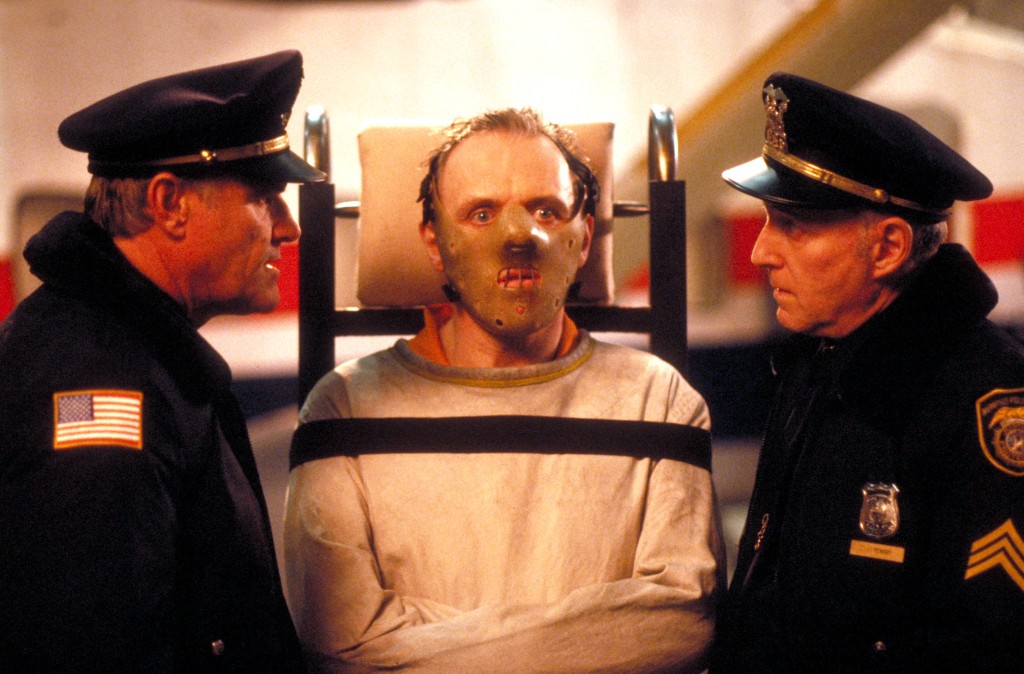
Jonathan Demme’s thriller about a Chianti-sipping serial killer (Anthony Hopkins) and a fledgling FBI agent (Jodie Foster) riveted, thrilled and creeped out audiences. It became the first film out of the horror genre — whose entries were often dismissed as lurid or hacky — to win the Academy’s top award. The movie largely holds up, with one exception: The character of Jame “Buffalo Bill” Gumb (Ted Levine), a killer with designs on making a suit out of women’s skin. Levine’s indelible performance is now viewed by some as a villainized portrayal of a transgender man — despite Demme insisting the character wasn’t intended to be trans or gay — and has been criticized as contributing to transphobic stereotyping ever since.
“Dances with Wolves” (1991)
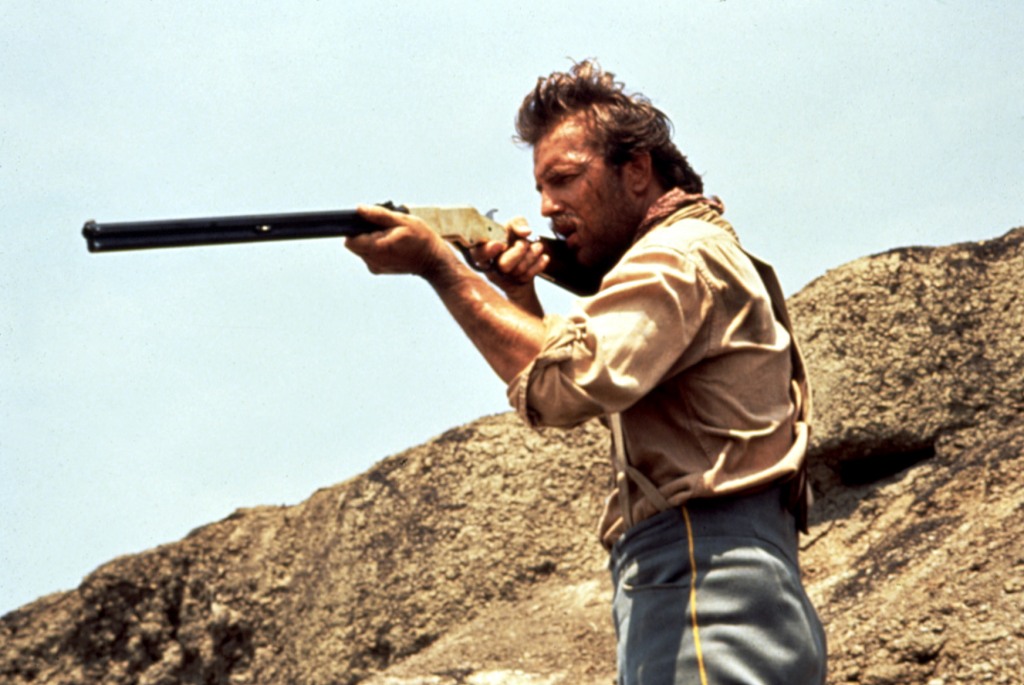
Before there was “Yellowstone” Kevin Costner, there was “Dances with Wolves” Costner, who directed and starred in this post-Civil War era Western about a Union soldier who befriends a Sioux tribe in Colorado. It was a massive hit. But not necessarily with everyone: In a 2009 interview, Native American activist Russell Means critiqued the film’s poor usage of the Lakota language: “When I went to see it with a bunch of Lakota guys, we were laughing.” And in 2013, critic David Sirota pointed to a cynical reason the film won the Oscar: “If a movie features white people rescuing people of color from their plight, odds are high an Oscar will follow.”
“Driving Miss Daisy” (1990)

Based on a gentle-spirited off-Broadway play, “Driving Miss Daisy” starred Morgan Freeman — who had also been in the play — as a chauffeur in Georgia whose elderly Jewish client, Daisy (Jessica Tandy), gradually becomes a friend, learning about racial injustice along the way. It was well-acted and well-received, but suffered in comparison to another film not nominated for Best Picture that same year: Spike Lee’s incendiary “Do the Right Thing,” a 180-degree different take on race relations. Lee, never one to mince words, told the Daily Beast in 2015 that “that film is not being taught in film schools all across the world like ‘Do the Right Thing’ is. Nobody’s discussing ‘Driving Miss’ motherf – – kin’ ‘Daisy.’”
“Rain Man” (1989)
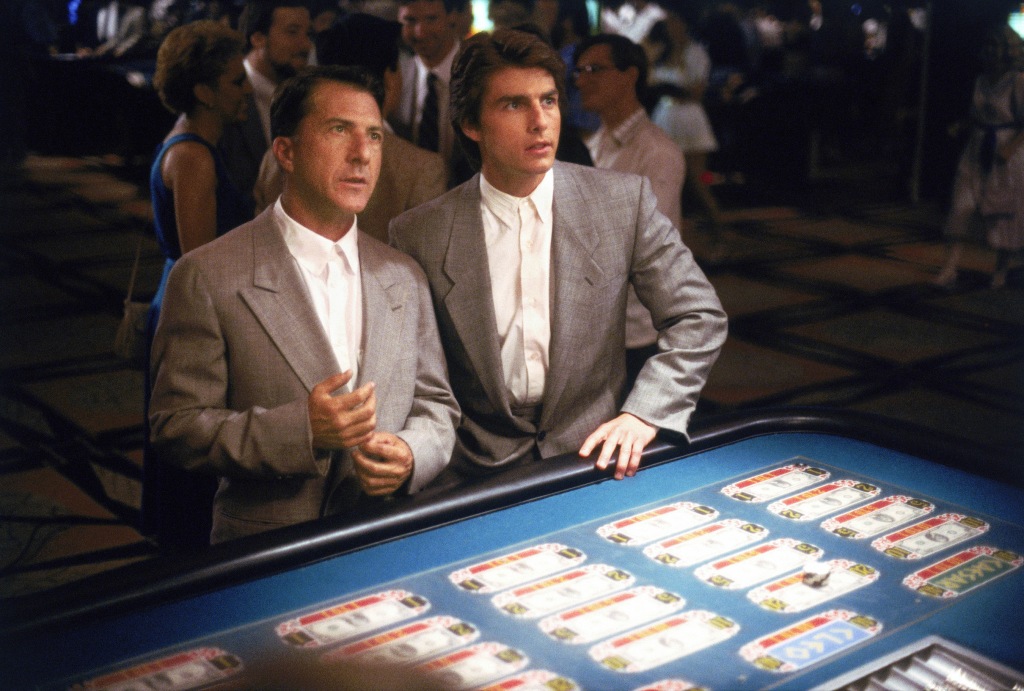
Tom Cruise and Dustin Hoffman co-starred in this drama that introduced much of the world to the concepts of autism and “savant syndrome,” the conditions that kept Hoffman’s character, Charlie Babbitt, institutionalized until his shallow little brother (Cruise) broke him out for financial gain. It got mostly critical raves, but came in for criticism in the ensuing years for misrepresenting autism and for garnering awards for an able-bodied actor’s portrayal of mental illness — a trope sent up savagely in the 2008 satirical comedy “Tropic Thunder.”
“Lawrence of Arabia” (1963)

David Lean’s epic about British officer T.E. Lawrence (Peter O’Toole) and his adventures as an ally to Arab tribes in the Middle East during World War I can be found on almost any list of the greatest films ever made. The visual spectacle of Lean’s nearly-four-hour film set the template for many an epic Hollywood adventure. It may also be the granddaddy of all white savior films — Lawrence quickly becomes a leader among the Arabs — not to mention putting actor Alec Guinness in brownface as the character Prince Faisal. But as the Guardian’s Guy Lodge argued last year, Lean also undercuts the idea of Lawrence as a colonialist hero: The film “seems subtly skeptical of its golden-boy subject.”
“West Side Story” (1962)
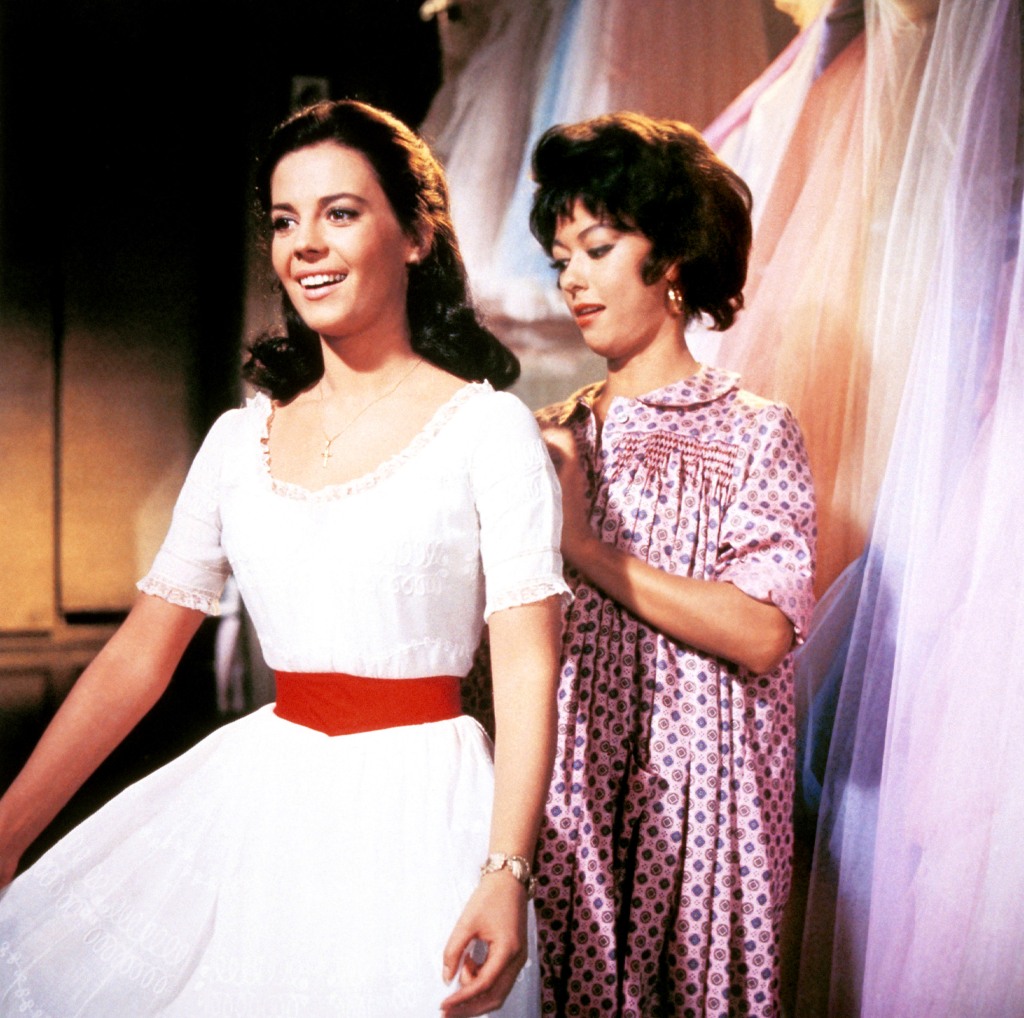
The Sharks and the Jets squared off in Jerome Robbins and Robert Wise’s adaptation of the Bernstein/Sondheim Broadway musical. It made a star of Rita Moreno (and won her an Oscar for Best Supporting Actress), but it also put the Puerto Rican actress — who was playing the Puerto Rican character Anita — in brownface. “All the white actors who played Puerto Ricans in ‘West Side Story’ wore dark brown makeup, so Moreno had to wear dark brown makeup, too, so that she could match their skin tone,” said the AV Club. In hindsight, too, the chemistry between Natalie Wood’s Maria and Richard Beymer’s Tony is lacking, and “it doesn’t help that Wood, who was Russian-American, does the entire role in an exaggerated and ridiculous Puerto Rican accent.”
“Gone with the Wind” (1940)
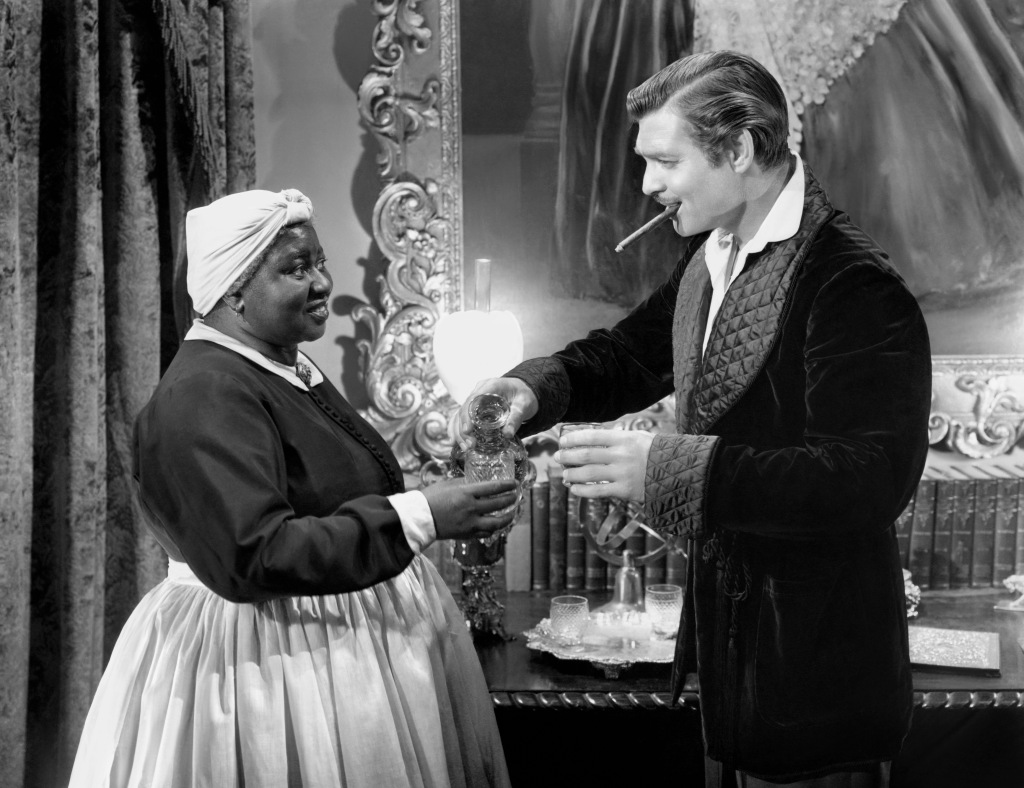
George O. Selznick’s adaptation of Margaret Mitchell’s Civil War/Reconstruction-set Southern romance novel was highly anticipated and quickly became the top-earning movie of all time. Vivien Leigh’s Scarlett O’Hara and Clark Gable’s Rhett Butler embodied movie-star glamour in their tempestuous romance set against … a gorgeously-shot tableau of racist stereotypes. It’s hard to accurately describe all the ways in which the film is cringe-inducing in a modern context, though former Post critic Lou Lumenick did a thorough job of it, comparing the film to D.W. Griffith’s notorious 1915 silent film “The Birth of a Nation.” “The more subtle racism of ‘Gone with the Wind’ is in some ways more insidious,” he wrote in 2015, “going to great lengths to enshrine the myth that the Civil War wasn’t fought over slavery — an institution the film unabashedly romanticizes.”
Read the full article Here


